What fertilizer should be applied to these flowers?
You can tell whether a flower is growing well by looking at its leaves. A healthy flower has lush leaves that are green and juicy... You can tell at a glance that there is a trick to fertilizing it. Today, Huahua will talk about fertilizing methods that will make the flowers thrive, so that one flower of yours can be worth three this year!


Rose
Let’s start with the roses grown in the fertilizer basket. The strong roses have big and green leaves, and they feel as if they were sprayed with brightener. In fact, this is all grown with fertilizers. If you use these fertilizers, you can also grow them like this!
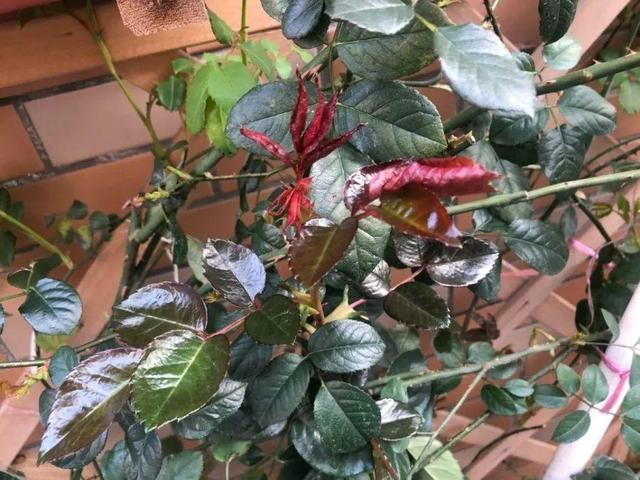
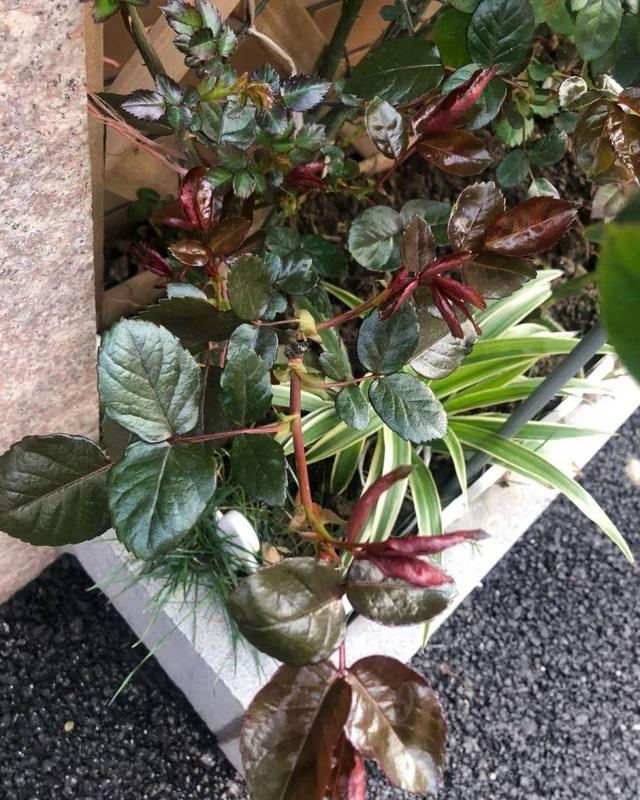
1. Fish intestine fat
Fish intestine fertilizer is fish offal, and there are also whole fish fertilizers (too extravagant). It is high in protein, nitrogen, phosphorus and potassium, and is very suitable for fertilizer-loving plants such as roses. In spring, it can be buried 15-30 cm away from the roots of roses, with a depth of 30 cm.
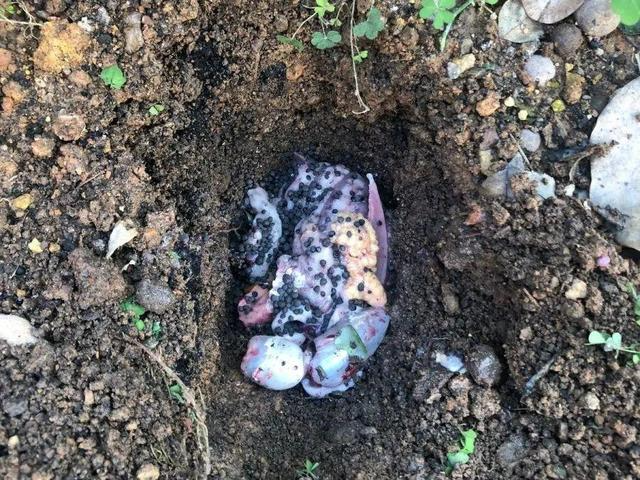
Fish intestine fertilizer is suitable for ground-planted roses. It is relatively easy to bury and may have an odor when used in potted plants. Patient flower lovers can ferment fish intestine fertilizer, buy EM bacteria for fermentation, and mix fish intestines + fruit peels (preferably pineapple and citrus peels) and ferment for half a year before use.

Cancel and re-upload due to network anomaly
2. Chicken, cattle, sheep and pig manure
Raising roses, you must be familiar with various animal manures. Poultry and livestock manure is a natural organic fertilizer, which is relatively simple to use and can be buried at a distance of 10-20 cm. When burying fertilizer in potted plants, it is best to use fully fermented manure fertilizer, otherwise there will be odor.
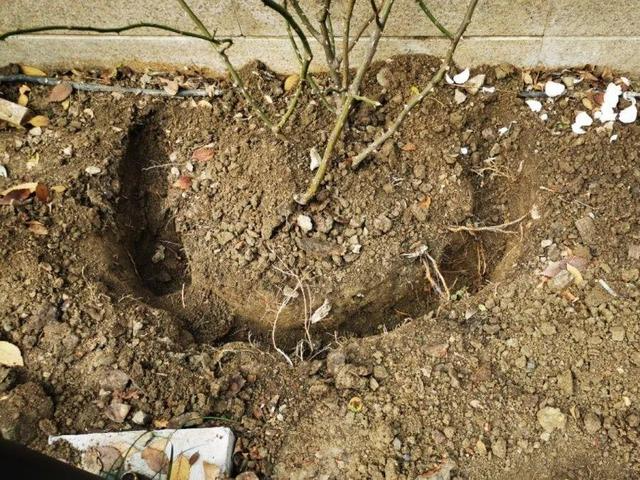
I would like to emphasize again that it is recommended to use the feces of chickens, ducks, cattle, sheep, pigs, birds, fish and turtles. Cat and dog feces are not recommended. Cat feces are highly irritating and dog feces have low nutritional value. It is best to dry the feces first, mix them with garden soil and ferment them for 2-3 months before using them.
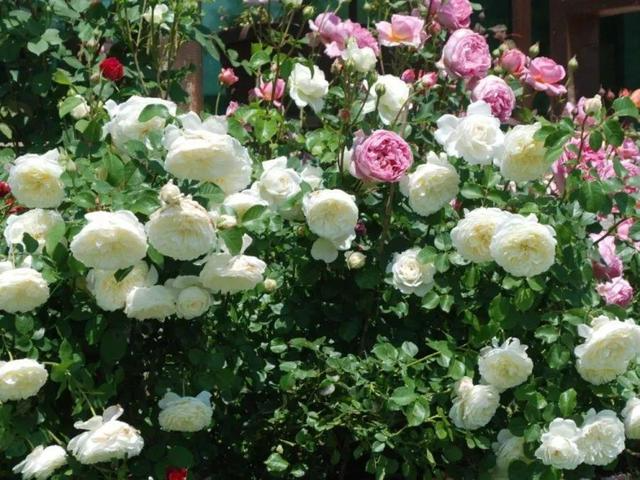
3. High nitrogen fertilizer
If you want the branches of roses to be thick and the leaves to be dense, nitrogen fertilizer is indispensable. In addition to the two kinds of strong organic fertilizers mentioned above, you can also buy fertilizers with high nitrogen content, such as Huaduoduo No. 1, No. 10, Aolv No. 5 and 318S, and use them according to the instructions.
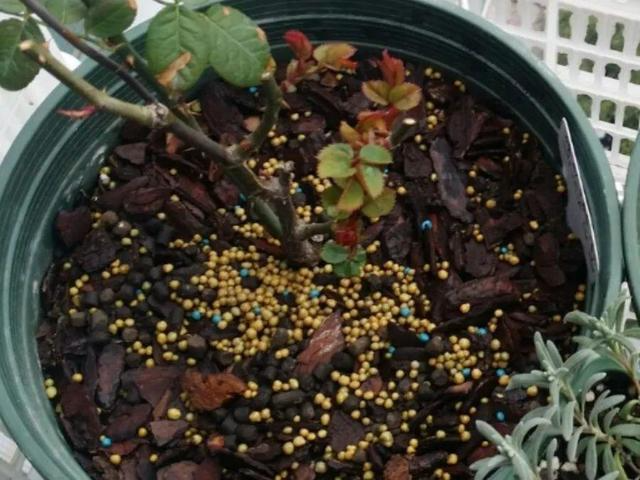

Cancel and re-upload due to network anomaly

Cancel and re-upload due to network anomaly
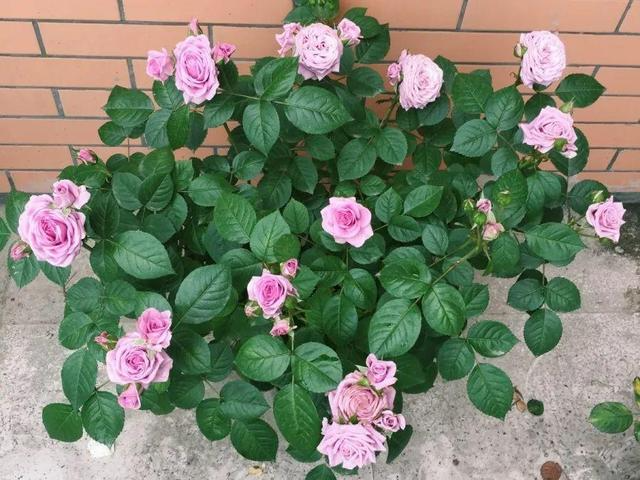

Clivia
The main purpose of growing Clivia is to appreciate its leaves. Although it usually grows slowly and seems to be self-reliant, it actually requires some skills to grow it. It takes real skill to grow its leaves to the point where they can "drip oil".

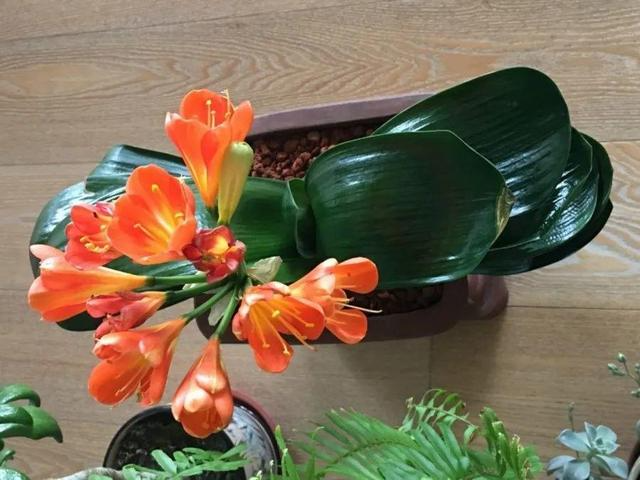
1. Apply oil and fertilizer
Use the waste oil from your home range hood, or expired cooking oil (soybean, rapeseed, peanut, olive, or corn are all acceptable), scoop out 2-3 teaspoons of it in early spring, and bury it 2-3 cm along the edge of the flowerpot. This can ensure the nutritional needs of the Clivia for most of the year.
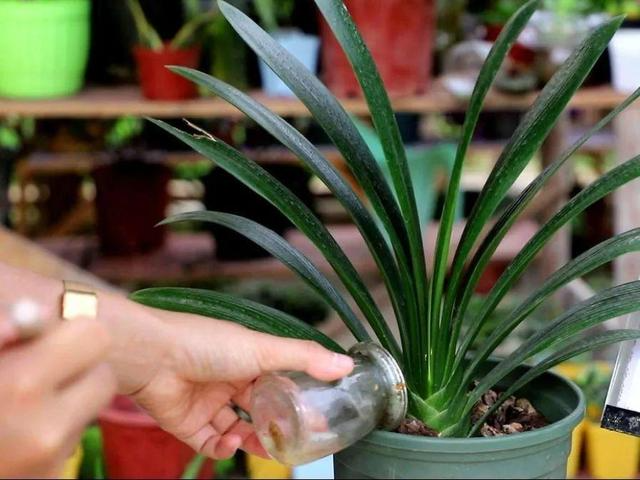
Don't be greedy about burying the oil, once every six months or once a year is enough. You can also use the bean cake residue after squeezing the oil. It is best to choose the residue from cooked squeezing. You don't need to fry it when you get home. After crushing it, bury it in a basin with 2-3 small shovels, or add water to ferment it into fertilizer water, and then dilute it with water for watering the flowers after half a year.
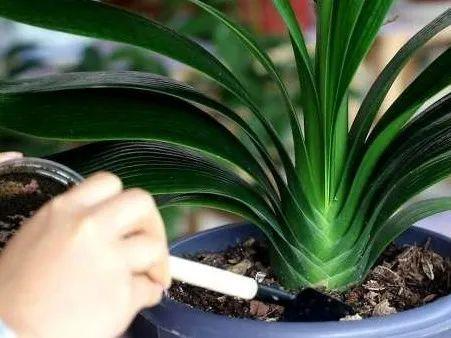
2. Oily peanuts, melon seeds, and nut fertilizers
Peanuts, melon seeds, walnuts, soybeans, sesame seeds, and sesame seeds are rich in oil and are also good fertilizers for Clivia. They must be fried before use, without salt or other seasonings. After frying and cooling, you can bury 2-3 handfuls along the edge of the pot, or use them as base fertilizer when repotting.
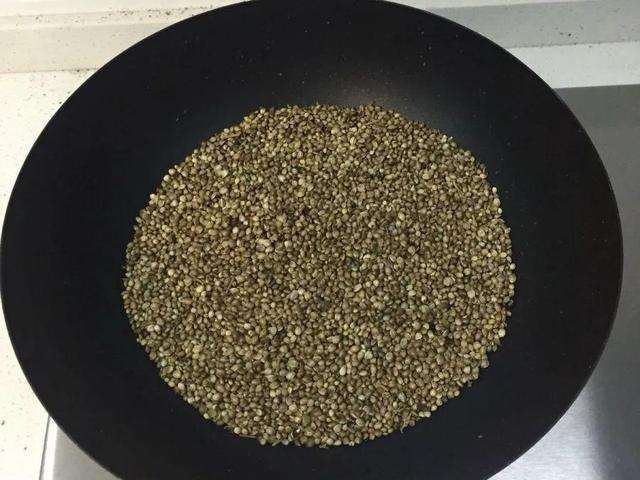
This type of fertilizer must be fried to prevent germination. Why not boil it? It is to prevent it from rotting quickly. The shell is still hard after frying and can be absorbed slowly. It is recommended that beginners use fertilizers with shells such as melon seeds and castor seeds. Fry the unshelled ones and use them as base fertilizer and waist fertilizer.
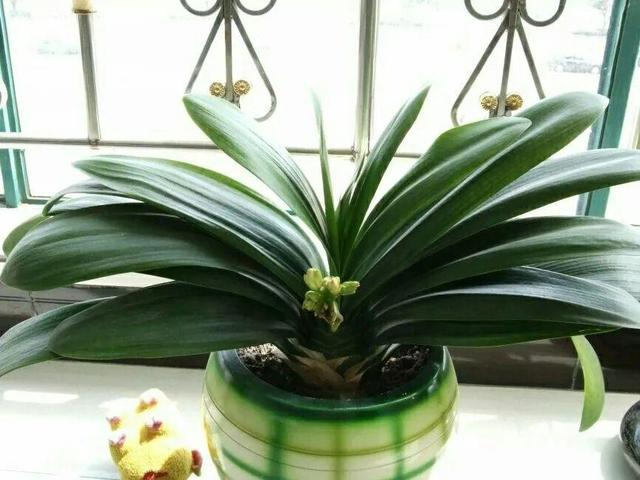

Cancel and re-upload due to network anomaly
Hydrangea
Hydrangeas usually bloom on the top of branches. The more vigorous the branches grow in spring, the more flowers there will be this year. If your hydrangeas are still sparse, try fertilizing them quickly.

Cancel and re-upload due to network anomaly

Cancel and re-upload due to network anomaly
1. Rice water and fruit peel fertilizer
After the hydrangea sprouts in spring, you can water it with some acidic water and fertilizer, such as rice water, fermented fruit peel water, etc. Note that the rice water must be allowed to stratify and become clear and have a faint wine aroma before it can be used. Diluting it with water at a ratio of 1:200 and watering it in the soil can improve soil acidity and promote the growth of hydrangea.
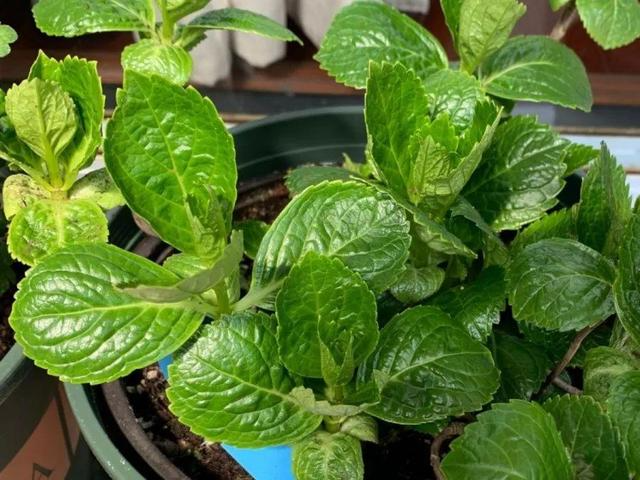
2. Blueing agent
After the leaves of the hydrangea grow out, they need to be tinted blue. This step is necessary if you want the hydrangea to have blue flowers. Buy a blueing agent such as magnesium sulfate or aluminum sulfate, and sprinkle the particles on the surface of the pot according to the instructions. Don't sprinkle too much to avoid counterproductive results.

3. Slow-release fertilizer
Hydrangea is relatively sensitive and not suitable for concentrated fertilizer. It is recommended to use Aolv slow-release fertilizer, both 318S and No. 5 are acceptable. For a small or medium-sized hydrangea, one spoonful is enough. It can be used at the same time as the blueing agent. Once the slow-release fertilizer particles disappear, you can continue to apply top dressing.

Cancel and re-upload due to network anomaly

Cancel and re-upload due to network anomaly
Growing flowers consumes too much fertilizer. In order to save money for everyone, Huahua directly brought sheep manure fertilizer from the farm (it has been fermented, sterilized, and can be used directly). 10 kilograms is only 29.8 with free shipping. It can be used for common flowers~

Jasmine
As soon as the temperature rises, jasmine flowers begin to grow vigorously. If you want jasmine to bloom more, you must first grow lush branches and leaves. Each of the growing branches is a hope for blooming.

Cancel and re-upload due to network anomaly

Cancel and re-upload due to network anomaly
1. Acidic water
After jasmine sprouts new buds in spring, prepare some acidic water, such as rice water or fruit peel water. You can also add some crushed eggshells to it. Heat the eggshells in the microwave for 1-2 minutes or stir-fry them in a pan for 5 minutes, and then add them to the water.

Cancel and re-upload due to network anomaly
The fruit peels can be used after being fermented in water for about 12 hours. It is best to ferment the rice water until it is stratified and clear before use. Eggshells can be added to the water or buried in the soil. The acidic water neutralizes the calcium in the eggshells and is also rich in nutrients.
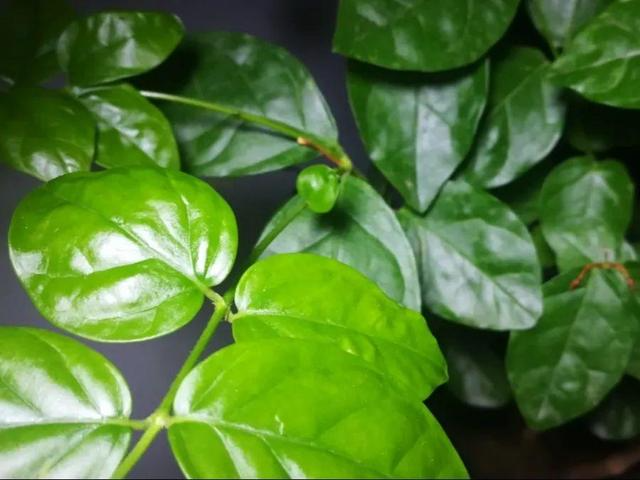
2. Rainwater
It is said that spring rain is as precious as oil, and jasmine is most suitable for being exposed to the rain. However, the temperature fluctuates greatly in early spring, and jasmine is afraid of the cold. When it rains, it is best to collect the rainwater and let it settle for half a day before watering the flowers. Collecting rainwater is also very good, not only for jasmine, but also for other flowers.

Cancel and re-upload due to network anomaly

Cancel and re-upload due to network anomaly
3. Nitrogen and potassium fertilizers
Jasmine leaves grow slowly and turn yellow, so you should pay attention to supplementing nitrogen and potassium fertilizers, otherwise their condition will get worse and worse. Nitrogen and potassium fertilizers include soybean water, bean cake fertilizer, banana peel water, etc. It takes 2-3 months to ferment them yourself (banana peels can be used every other day after soaking in water).

Cancel and re-upload due to network anomaly
If you buy fertilizer, Huaduoduo No. 1, Aolv No. 5, Meiluoke general type and acidic flower type are all OK. When watering for the first time, you need to dilute it more, about 1:1000 or 1500, and then apply fertilizer for the second time after 15-20 days.
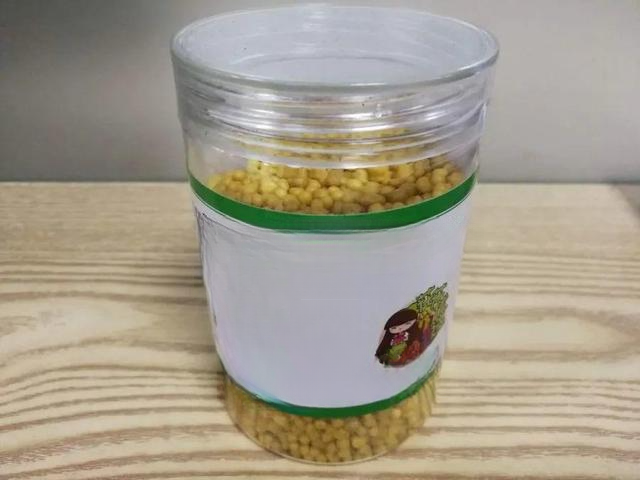

Pothos
Although it is easy to grow green radish, it is not easy to grow shiny, strong and lush leaves. In fact, in daily life, you can grow it shiny and smooth by finding some scraps.

Cancel and re-upload due to network anomaly
1. Beer
The leaves of the green radish do not grow big and are not green enough, so you can use leftover beer (open to the air for 5-8 hours), dilute it with water at a ratio of 1:20, then use a rag to dip it in the beer and wipe the leaves of the green radish. The leaves will turn shiny green after wiping, and the leaves will also absorb nutrients from the beer.

Cancel and re-upload due to network anomaly
Note that after wiping with beer water, try to ventilate the area as much as possible (while keeping it warm), and there will be basically no odor. Or you can wipe it again with clean water the next day. The nutrients in the beer have been absorbed, and it will be cleaner with another wipe.
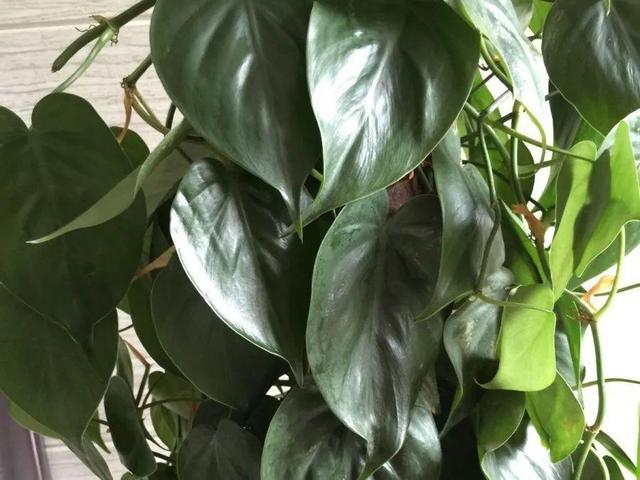
2. Aspirin pills
Aspirin pills also contain salicylic acid, which promotes plant growth. When watering, add half a pill or one pill (crush it in advance). After dissolving, it is also good for watering the green radish, which can stimulate growth and prevent yellowing leaves.
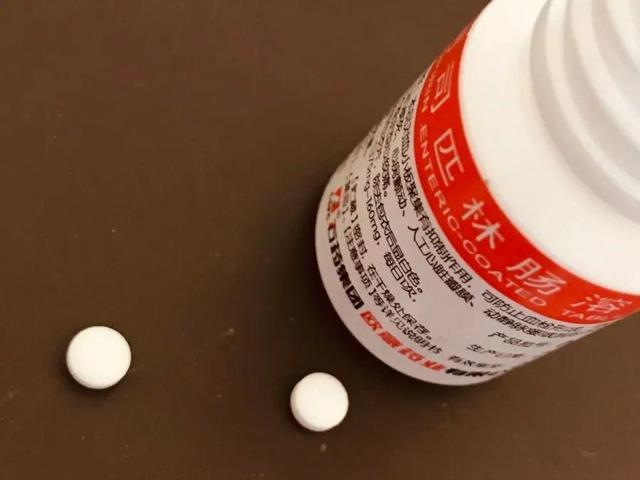

Cancel and re-upload due to network anomaly

Cancel and re-upload due to network anomaly
asparagus
Asparagus fern is also a good plant for growing leaves. Healthy asparagus fern has dense, fairy-like leaves, which are particularly literary and artistic, and will not turn yellow even after a long time.
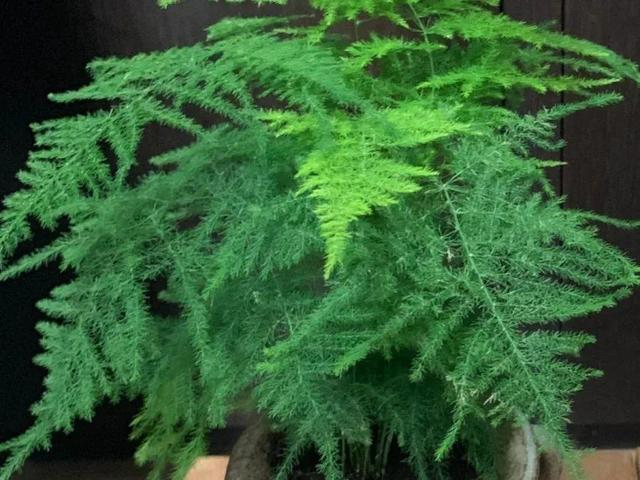
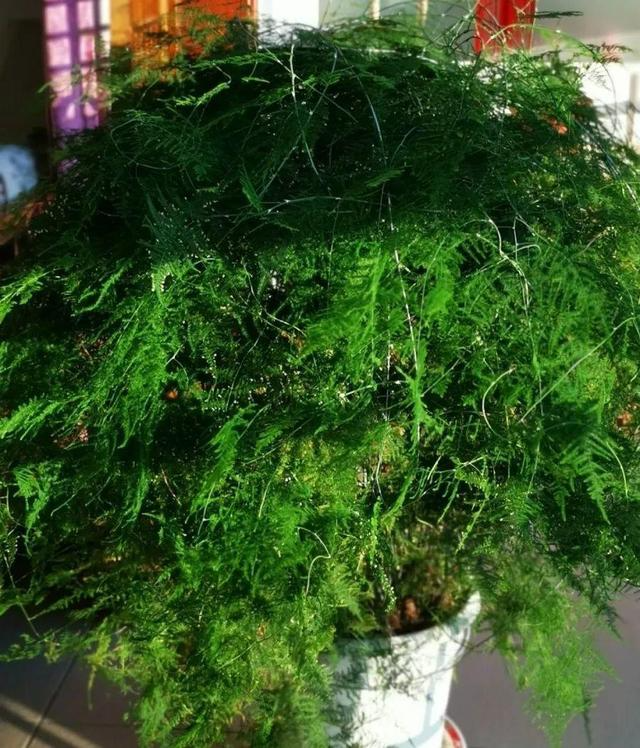
1. Sugar water
During the growing period of asparagus fern (10-28 degrees), you can water it with sugar water 1-2 times a month. Don't make it too concentrated, just add a small pinch to 500 ml. This can ensure that each branch of asparagus fern is full of vitality and easy to grow new buds.

The concentration of this sugar water is very low, and humans can hardly taste the sweetness. Pay attention to ventilation after watering. If the concentration is high, it will attract insects. Even if there are insects, don't be afraid, they can be eliminated by ventilation or sprinkling some mosquito coil ash.

2. Eggshell
The saved egg shells do not need to be rinsed, just fry them in a pan, or heat them in the microwave for 1-2 minutes to kill the bacteria. Crush them into small pieces and sprinkle a small handful in the asparagus fern pot every 1-2 months to make the branches of the asparagus fern stronger.
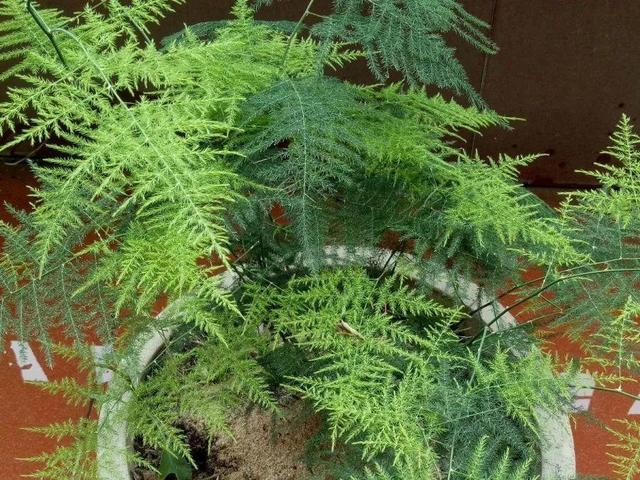

Gardenia
A healthy gardenia has green leaves and new branches. In spring and summer, the flowers are full of branches. If it is not well grown now, fertilize it quickly.

Cancel and re-upload due to network anomaly

Cancel and re-upload due to network anomaly
1. Ferrous sulfate
In early spring, you need to supplement acid for gardenia. The more scientific method is to water it with ferrous sulfate (purchased online or in a flower shop). Ferrous sulfate can directly improve the yellowing of gardenia leaves. Especially in areas with high alkalinity in water and soil, it is better to water it once a month.

Cancel and re-upload due to network anomaly
When watering ferrous sulfate, be careful to pour all the water at once after mixing it, otherwise the remaining water will oxidize and become ineffective. If the effect of pouring ferrous sulfate is not significant, you can pour white vinegar water (drop 1-2 drops of white vinegar in the water) before pouring.
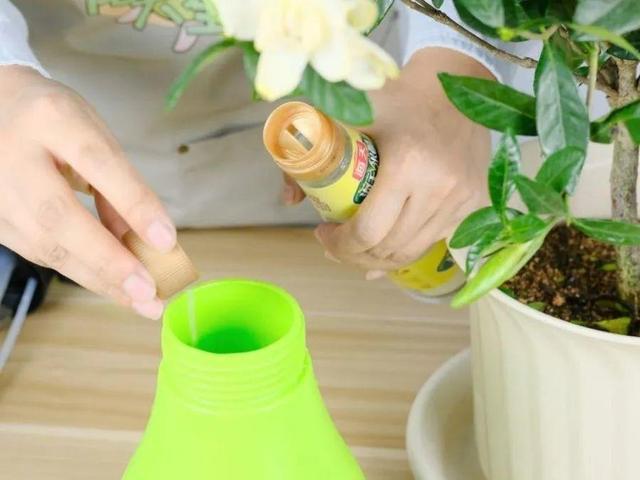
2. Iron nail water
If you have rusty iron nails or iron sheets at home, put them in water and add half a bottle cap of white vinegar, orange, apple, pineapple peels, etc. After a long time, it will become acidic iron fertilizer water, which is also good for watering gardenias.
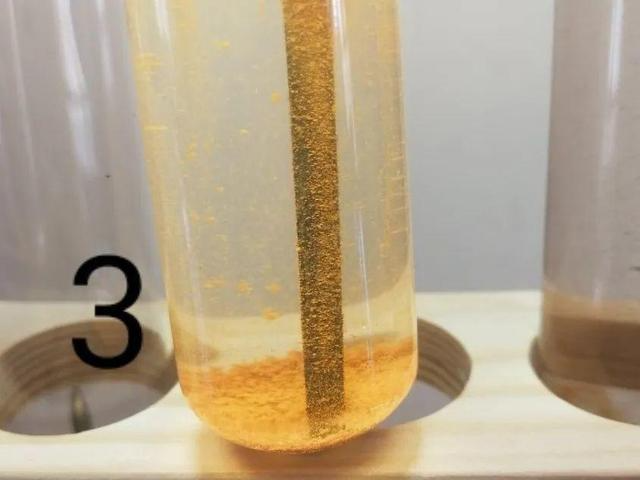
You can also try directly inserting rusty nails into the gardenia pot.